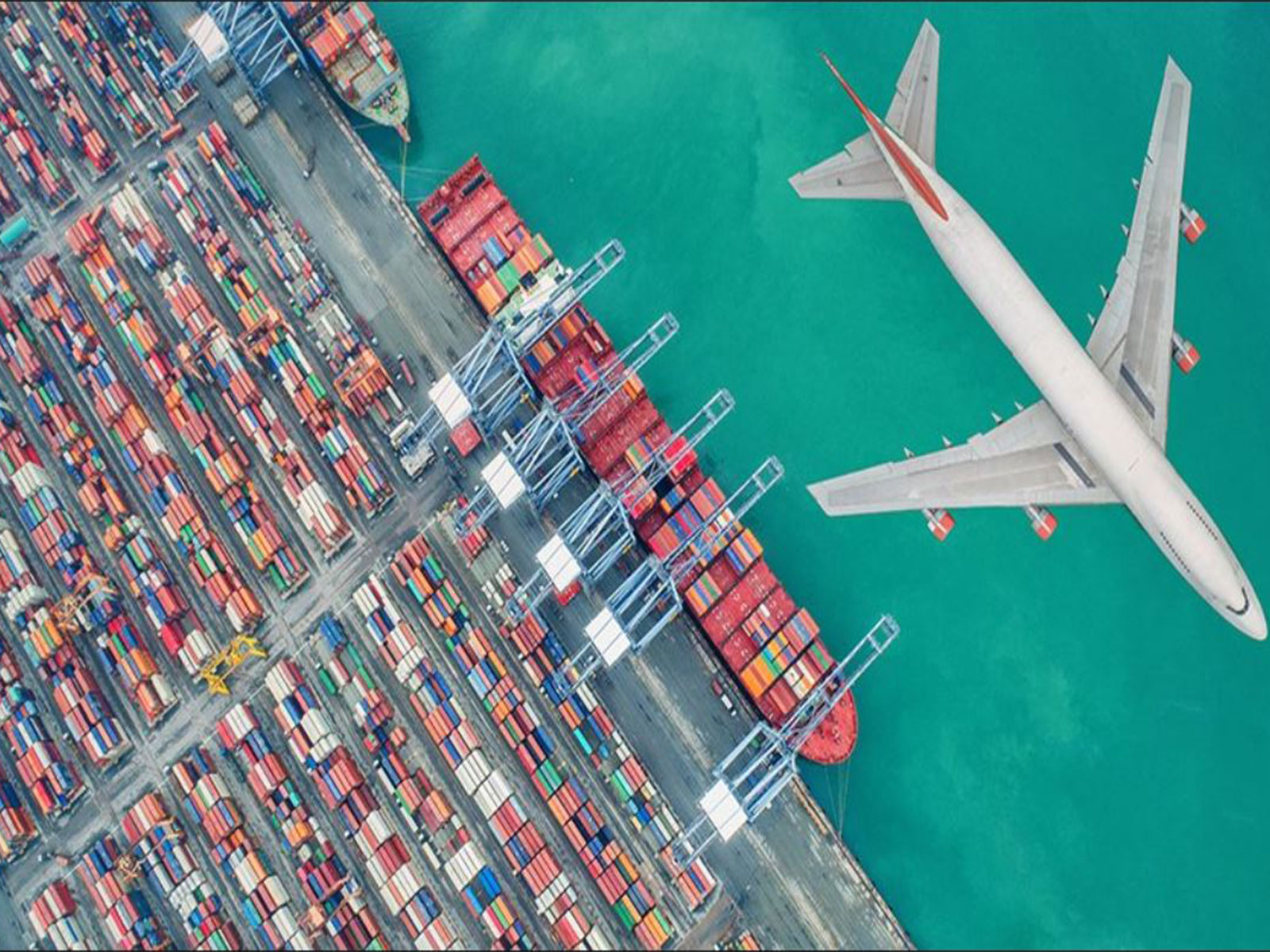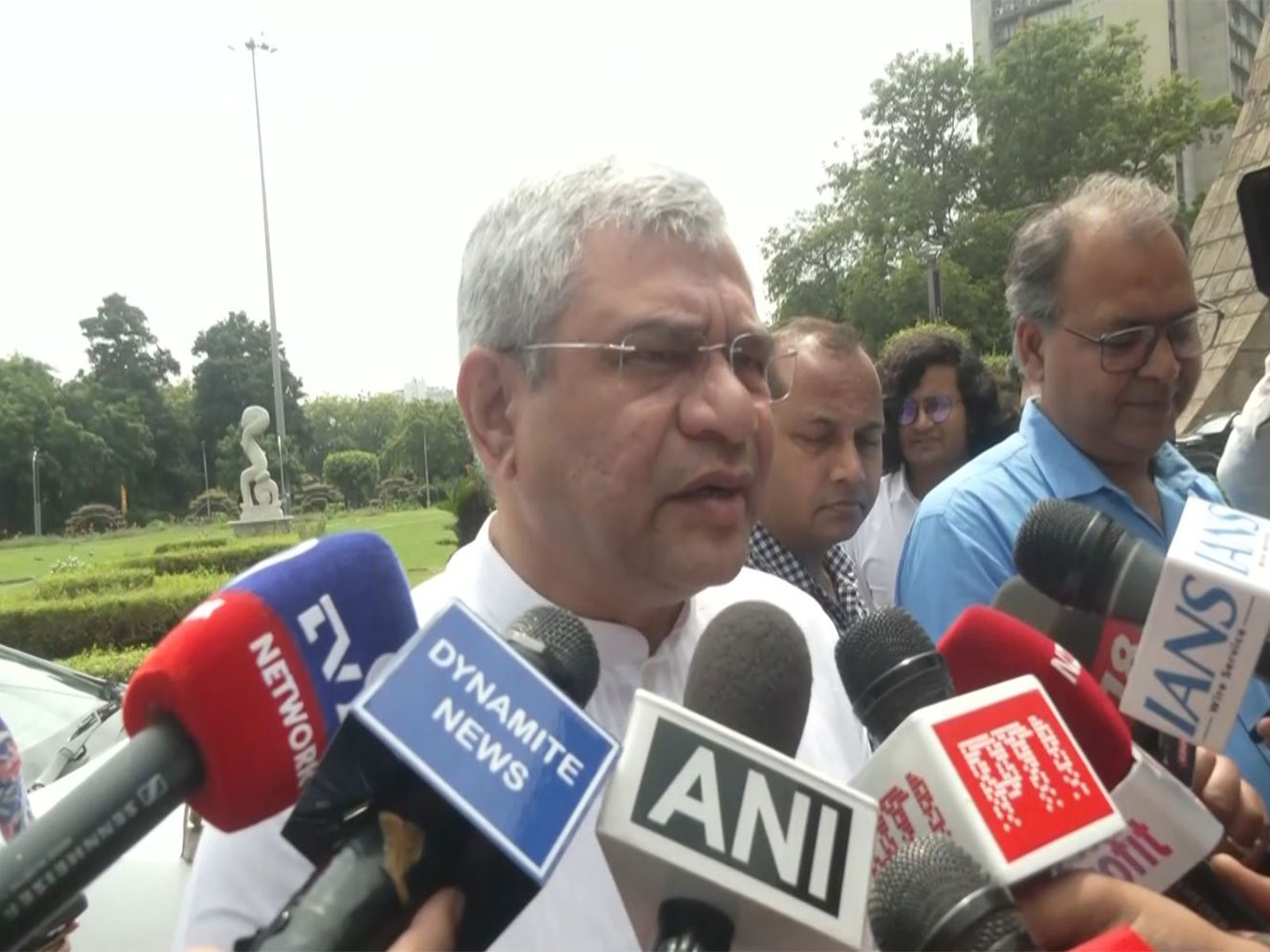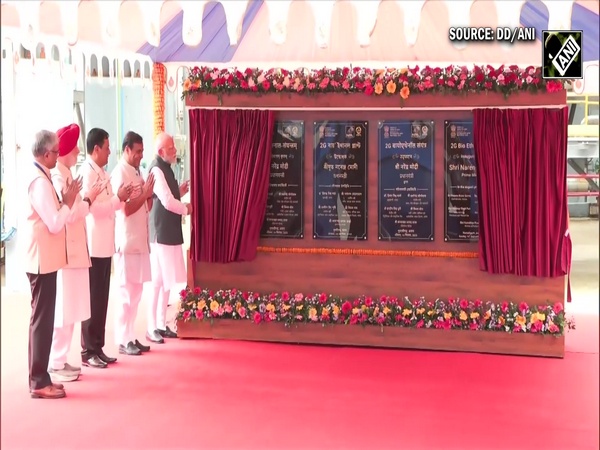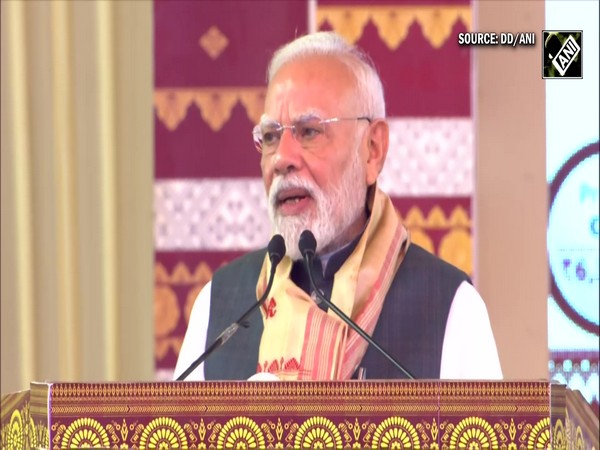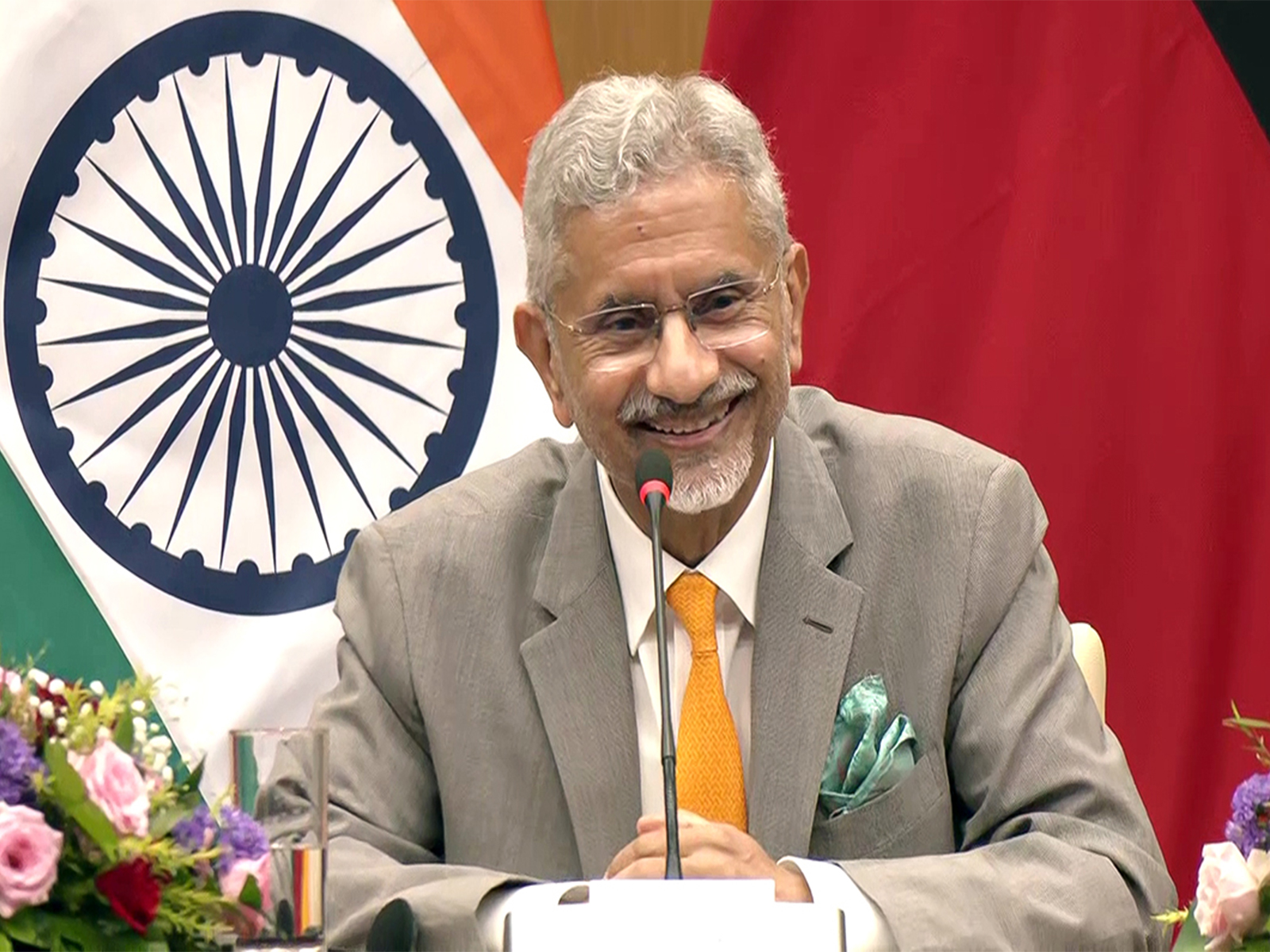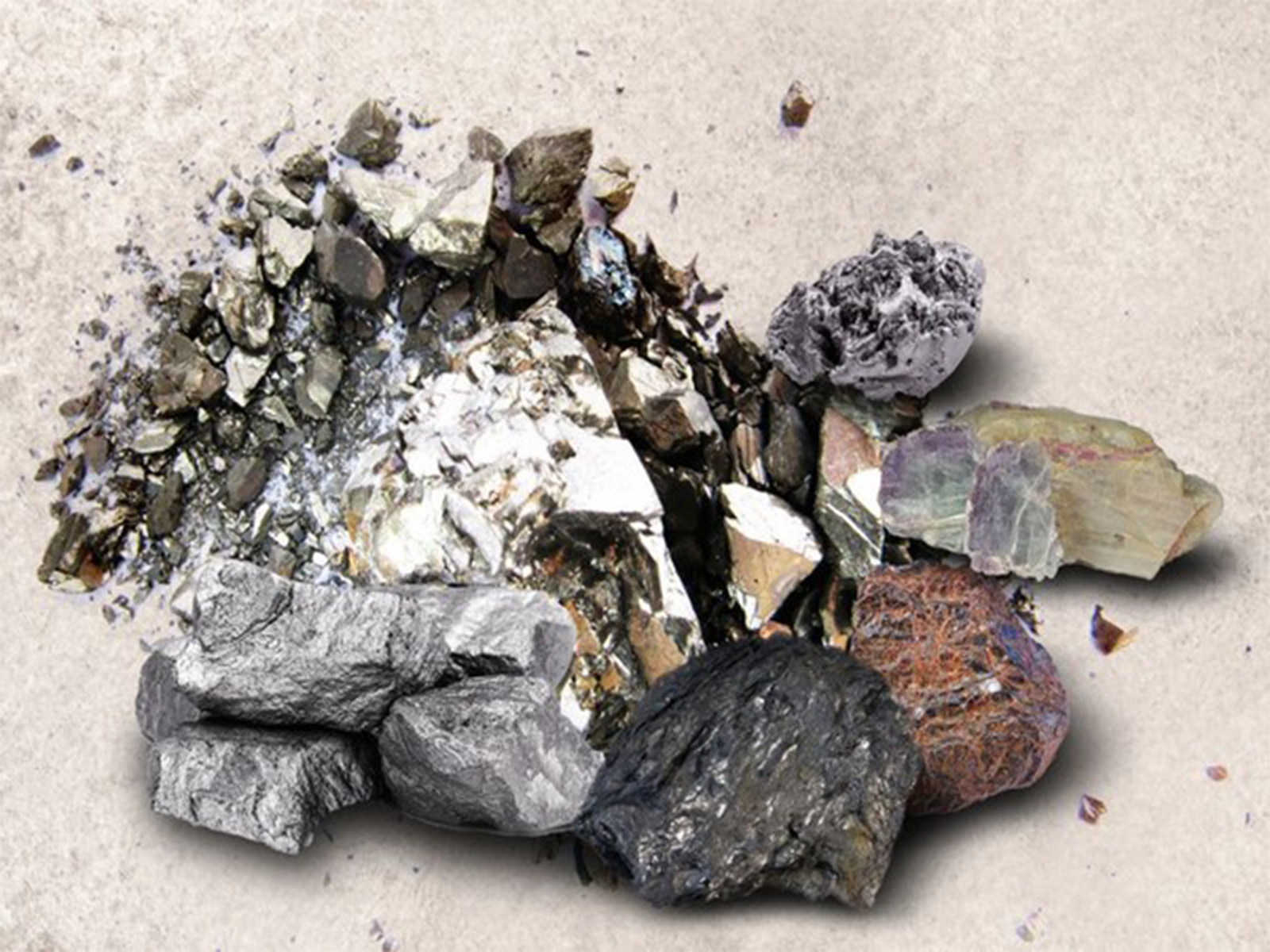
Recycling rare earth metals, a key avenue to reduce global supply gaps: McKinsey
Sep 15, 2025
New Delhi [India], September 15 : As demand for electric vehicles and renewable energy surges for green transition, rare earth elements (REEs) have become indispensable even as they are scarce. A recent McKinsey report warned that global supply of REE magnets, vital for e-motors and wind turbines, could fall 30 percent short of demand by 2035.
Circular solutions such as recycling and recovery of scrap rare earth materials can be scaled up to ramp up the availability of such inputs for the industry, the McKinsey report suggested.
"Demand for rare earth elements needed for magnets will likely surge over the next ten years. Postconsumer scrap could unlock additional supply, although recovery remains a challenge," the McKinsey report read.
Rare earth elements comprise 17 elements, four of which are most commonly used in magnets: neodymium (Nd), praseodymium (Pr), dysprosium (Dy), and terbium (Tb). The first two are primary constituents, and the latter two are additives to enhance performance in more demanding applications.
According to the global management consulting firm, global demand for these materials is set to triple from 59 kilotons in 2022 to 176 kilotons in 2035, driven largely by battery electric vehicle (BEV) adoption and wind energy expansion.
Yet supply is heavily concentrated.
In 2023, China accounted for over 60 percent of mined REEs and more than 80 percent of refined output.
Recent Chinese export restrictions on specific medium and heavy REEs highlight the vulnerability of global supply chains.
"With an expected surge in demand for REEs in the next decade facing a mined and refined supply that is highly concentrated in China, global and local supply chains will need to navigate significant geopolitical developments, such as China's recent export restrictions on specific medium and heavy REEs1 and unique sustainability challenges. In addition, the recent rise of REEs to the top of resilience agendas in many countries is expected to accelerate these trends, creating new opportunities for circular REE magnet value chains by resolving current recovery challenges," the McKinsey report noted.
Even with new mining and processing projects under way in other regions, McKinsey projects that available primary supply could lag demand by around 60 kilotons by 2035.
Circularity, the report suggests, offers a promising path to bridge the gap. By 2035, the REE value chain could generate about 40 kilotons of pre-consumer scrap during magnet manufacturing and another 41 kilotons of postconsumer scrap as products reach end of life.
Currently, most REE magnets embedded in appliances, electronics, or vehicles are lost during recycling, ending up in smelters where their value is destroyed.
"REE magnets are a challenge for today's recycling ecosystems; devices are partially dismantled, shredded, and then sorted based on their magnetic properties, among other things. As a result, REE magnets may end up in an iron smelter, where they would be lost as slag," it further read.
Manual dismantling is labor-intensive and often uneconomical, especially for smaller magnets in consumer devices.
Promising alternatives include robotic disassembly, hydrogen-based processing, and bulk metallurgical methods, but most remain at pilot or early development stages.
"Enabling better recovery of REEs will likely require new approaches," the report said.
Today, more than 80 percent of recoverable REE magnets come from consumer electronics and appliances. If recovery systems are in place, this transition could unlock significant secondary supply, the report suggested.
